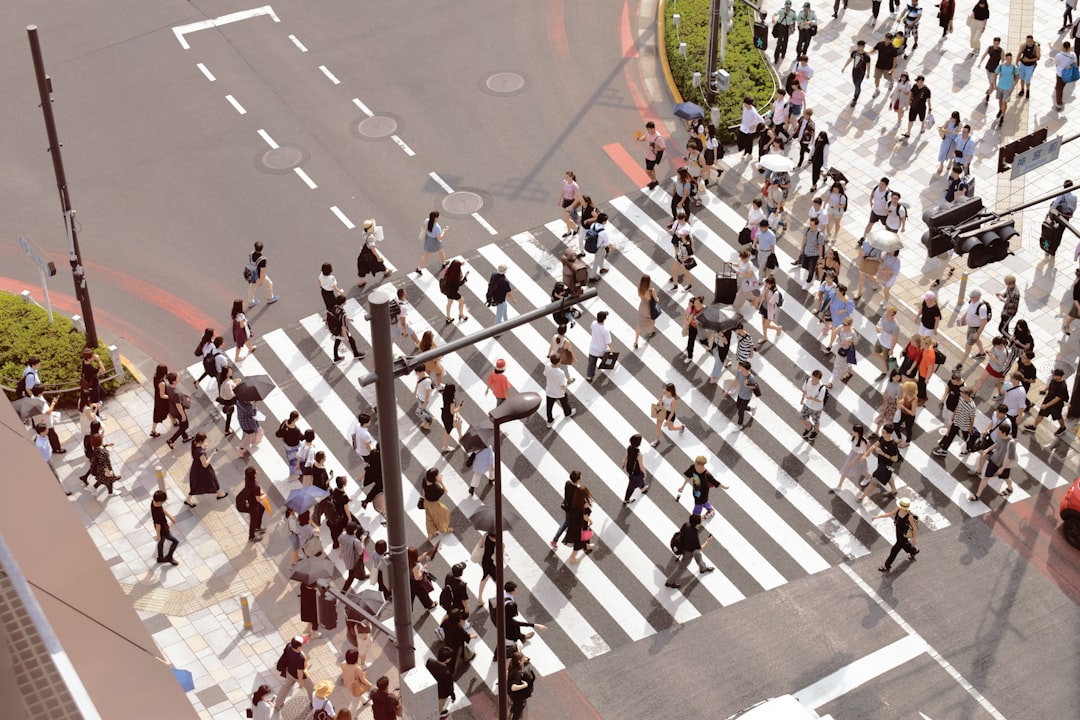What is it about?
Nagasaki’s cityscape reveals a history beyond the 1945 atomic bombing. Four main area “districts” were focal points for Japan’s contact with the West spanning four hundred years. Nagasaki represents in microcosm Japan’s changing position in the world.
Featured Image
Perspectives
I wrote this article after spending a number of years visiting Nagasaki, including interviewing hibakusha (atomic bomb survivors) who had worked at the Nagasaki Shipyard. Exploring the city, I discovered, with the help of Japanese friends, that the place had a far more complex and significant history than just "the atomic bomb." I found that physical evidence of this centuries-old history still is present. I also realized that no one had yet written about the full scope of this history over four centuries - in English - from the perspective of urban geography and social transformation. What particularly intrigued me was the extent of Western contact that was continous - starting with the Portuguese in the 17th century, followed later by the Dutch, then the English, and finally the Americans - yet Nagasaki retained its own identity, much like Japan has done nationally.
Dr David Palmer
University of Melbourne
Read the Original
This page is a summary of: Nagasaki’s Districts, Journal of Urban History, March 2016, SAGE Publications,
DOI: 10.1177/0096144216635171.
You can read the full text:
Contributors
The following have contributed to this page










